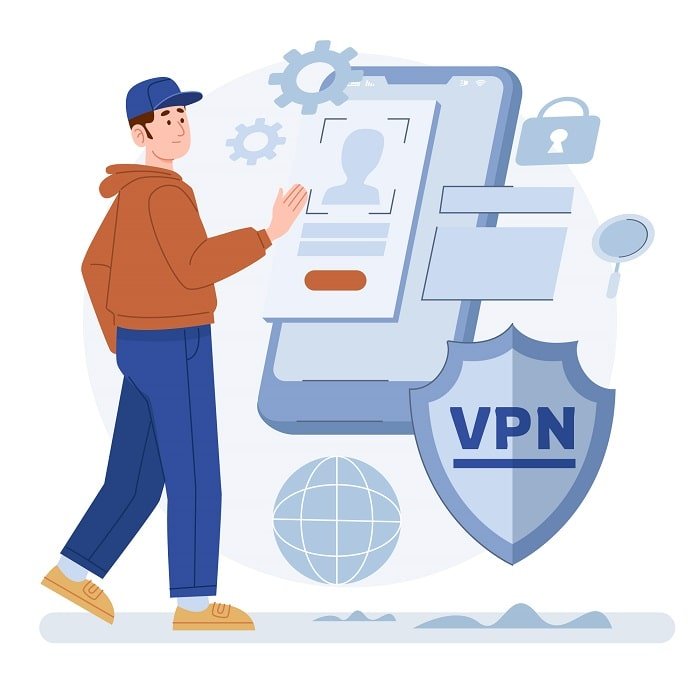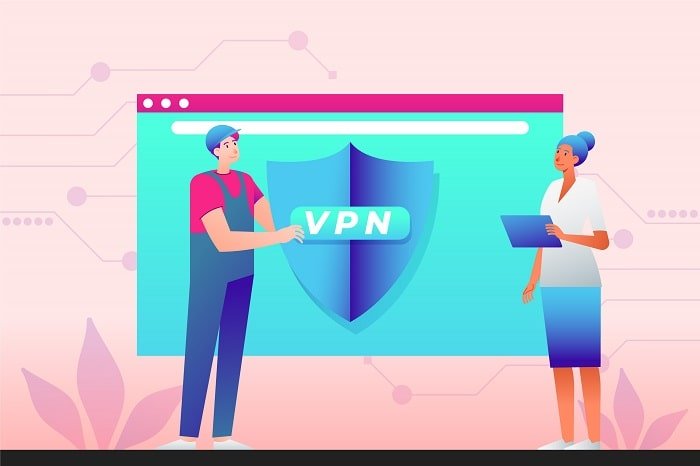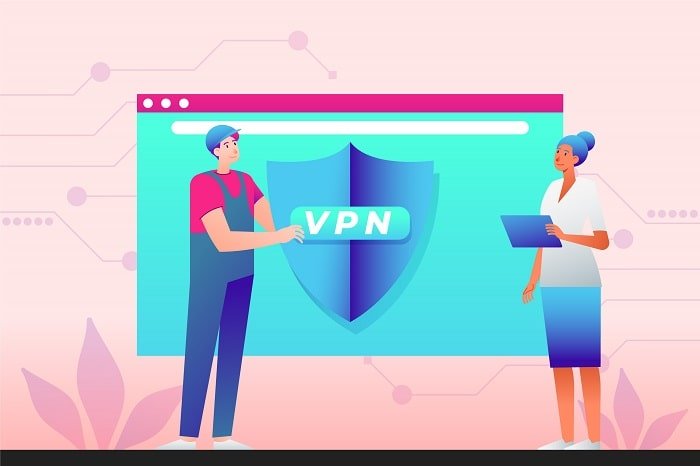
As industries from finance to healthcare embrace the transformative power of blockchain technology, understanding its strategic implementation becomes crucial for businesses aiming to leverage this innovative digital ledger. This guide provides a comprehensive roadmap to navigate the complexities of blockchain integration, highlighting the benefits, addressing potential challenges, and outlining best practices to ensure a successful deployment within your business operations.
Understanding Blockchain Technology
What is Blockchain?
Blockchain is fundamentally a decentralized digital ledger that records transactions across multiple computers in a manner that ensures the security, transparency, and immutability of the data. Unlike traditional databases managed by a central authority, blockchain operates on a peer-to-peer network structure that makes it resistant to fraud and tampering.
How Does Blockchain Work?
- Distributed Ledger: Every participant on the blockchain network has access to the entire database and its complete history. No single participant controls the data or the information.
- Cryptography: Each transaction is secured with a cryptographic hash, ensuring data integrity and security.
- Consensus Mechanisms: Blockchain uses consensus models like Proof of Work (PoW) or Proof of Stake (PoS) to agree on the validity of transactions.
Types of Blockchain
- Public Blockchain: Open to anyone and requires no permission to participate (e.g., Bitcoin).
- Private Blockchain: Access is restricted to specific members, making it more centralized.
- Consortium Blockchain: Operated by a group of organizations, sharing the responsibilities of maintaining the blockchain system.
Benefits and Challenges
Benefits:
- Enhanced security
- Increased transparency
- Reduced transaction costs
- Improved traceability
Challenges:
- Scalability issues
- Regulatory uncertainty
- Integration concerns with existing systems
Assessing Your Business Readiness for Blockchain
Evaluating Current Infrastructure
Review your existing business processes, data management practices, and technology infrastructure to determine how blockchain can be integrated effectively.
Identifying Use Cases
Pinpoint specific areas within your business that could benefit from blockchain solutions, such as supply chain management, financial transactions, or identity verification.
Assessing Blockchain Maturity
Evaluate your organization’s readiness for blockchain by assessing existing knowledge, technical expertise, and resource availability.
Regulatory and Risk Considerations
Understand the legal and regulatory framework relevant to your industry and consider the implications of adopting blockchain technology.
Developing a Blockchain Implementation Strategy
Setting Objectives
Define clear business goals and objectives that you aim to achieve with blockchain technology.
Choosing the Right Architecture
Select the most appropriate blockchain architecture (public, private, consortium) that aligns with your business needs and goals.
Crafting a Roadmap
Develop a detailed implementation plan that includes key milestones, timelines, and resource allocation strategies.
Governance Framework
Establish a robust governance structure to manage and optimize the blockchain operations effectively.
Building the Blockchain Infrastructure
Data Infrastructure
Ensure that your data handling capabilities are equipped to manage blockchain’s demands, focusing on security, scalability, and interoperability.
Platform and Network Implementation
Select and implement a blockchain platform that meets your specific requirements for performance and security.
Integration with Existing Systems
Strategically integrate blockchain solutions with your current business systems to enhance efficiency and effectiveness.
Privacy and Security
Prioritize data privacy and security measures to protect sensitive information and comply with data protection regulations.
Addressing Regulatory and Legal Considerations
Compliance with Regulations
Identify and adhere to all relevant regulations that apply to blockchain technologies in your industry.
Legal Implications
Navigate the legal aspects of using blockchain for contracts and transactions and establish clear policies for governance and risk management.
Collaboration with Experts
Work closely with legal and regulatory experts to ensure full compliance and to mitigate potential risks associated with blockchain adoption.
Upskilling Your Workforce
Skill Identification
Determine the blockchain-related skills and knowledge needed within your organization.
Training Programs
Develop and implement training programs to equip your employees with necessary blockchain competencies.
Fostering Innovation
Create a culture that supports continuous learning and innovation, preparing your team for blockchain integration and adoption.
Managing Change
Address the challenges associated with change management and ensure smooth transition to new processes.
Implementing and Monitoring Blockchain-Based Solutions
Phased Deployment
Roll out blockchain solutions in phases, monitoring each step for effectiveness and making necessary adjustments.
Performance Monitoring
Continuously track the performance of your blockchain implementations to ensure they meet expected outcomes.
Refinement Strategies
Use feedback and data collected during monitoring to refine and optimize your blockchain strategies.
Success Measurement
Evaluate the success of your blockchain initiatives against predefined metrics and communicate the results to all stakeholders.
Conclusion
Embracing blockchain technology requires a strategic and well-planned approach to reap its full benefits and transform business operations. By following this guide, your business can navigate the complexities of blockchain implementation, drive innovation, and secure a competitive edge in an increasingly digital marketplace. Begin your blockchain journey today to unlock new possibilities and advancements for your business.
This comprehensive guide to blockchain implementation covers every step with detail and precision, ensuring that businesses of any size and sector can successfully leverage this powerful technology to enhance their operations and achieve strategic goals.















































